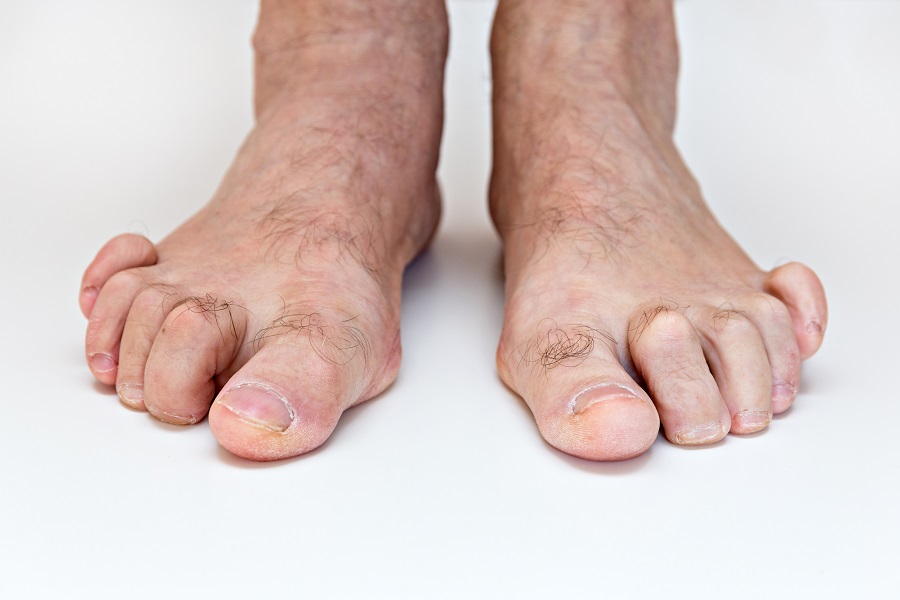How to Correct Multiple Hammer Toes on the Foot?
 What Are Hammer Toes?
What Are Hammer Toes?
Hammer toes are a kind of foot deformity that can make the toes bend or curl inward, or down, or cause it to look claw-like. It can affect any toe on the foot or it can even affect multiple toes. Usually, the second or third toe is affected. The toe that is affected will be bent at the middle joint (proximal interphalangeal joint).
Causes of Hammer Toes
Sometimes, hammer toes can be congenital, but mostly, it develops over time. It can occur due to lifestyle choices, like wearing ill-fitting shoes, or constricting footwear. It could be due to some kind of medical condition, like arthritis.
Symptoms of Hammer Toes
Hammer toe symptoms start mildly but if it isn't diagnosed and treated soon, it can become severe enough to limit movement.
Mild Symptoms
- Toes bend down
- Formation of corns or calluses
- Pain while walking
- Difficulty in flexing feet
- Difficulty in wiggling toes
- Claw like toes
Symptoms are diagnosed as severe if the toes become rigid and immovable, and there are issues with gait and balance.
Nonsurgical Treatment
- Avoid tight, narrow, or high-heeled shoes. Shoes should have a soft, roomy toe box.
- Exercises to stretch and strengthen foot muscles.
- Over-the-counter supports like straps, toe separators and cushioning, corn pads, etc., can help relieve pain.
Surgical Treatment
The podiatrist may recommend surgery if the hammertoes are affecting movement or if nonsurgical methods are not effective. Procedures may include:
- Tendon Lengthening - The tendons that are causing the joint imbalance are lengthened.
- Tendon Transfer - Tendons will be transferred from the bottom of the toe to the top of the toe to help pull the joint into a straight position.
- Arthrodesis (Joint Fusion) - This may be done along with tendon lengthening. A small part of the toe joint is fused to help the toe extend fully without pain. A wire or pin may be inserted to hold the bones in place till they fuse.
There may be some stiffness, swelling and redness for up to 4-6 weeks after the procedure. Once healed, some physical therapy and rehabilitation may be needed to help with flexibility and strengthening.
- Oct 27, 2021
